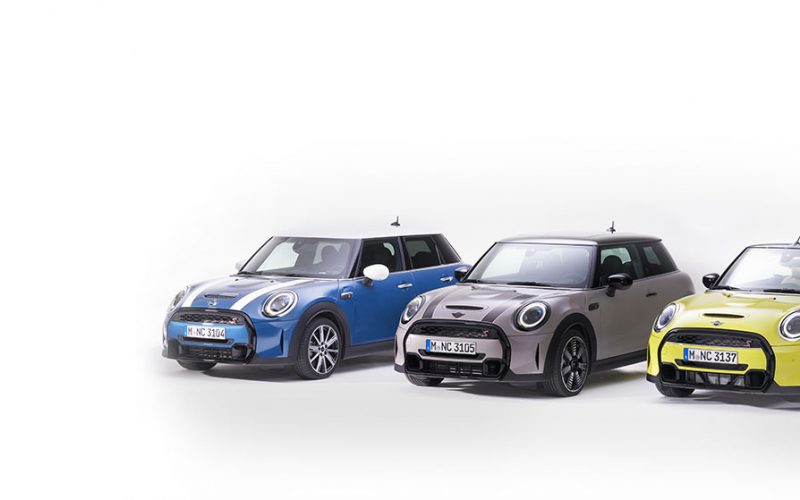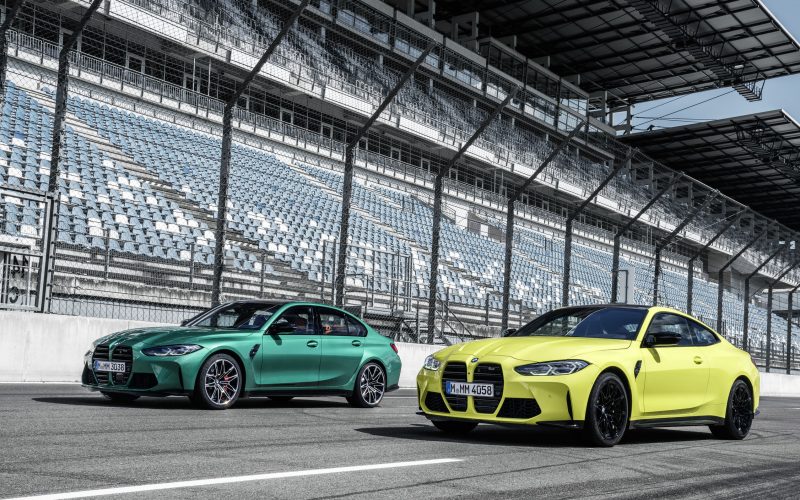
Reading Time: 7 minutesAfter almost eight years in its present form, Mini has simultaneously taken the wraps off a

Reading Time: 9 minutesJust when we thought 2020 couldn’t get any stranger, BMW created a twitterstorm of its own
© 2025 The Car Magazine. All Rights Reserved, Privacy Policy | Terms of Use